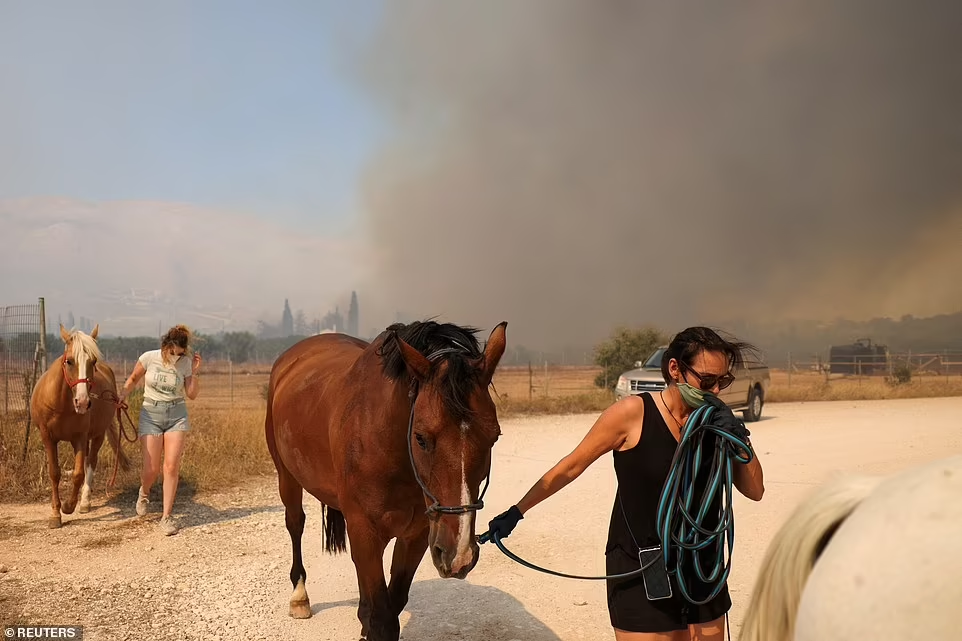As summer approaches, parts of California and Arizona are set to experience an unseasonable heat wave, with temperatures soaring into the triple digits in what meteorologists are calling an early-season scorcher. The forecasted extreme heat poses health risks and challenges for residents and authorities alike, prompting warnings and advisories across the affected regions.
In California, inland areas such as the Central Valley and desert regions are expected to bear the brunt of the heat wave, with temperatures forecasted to exceed 100 degrees Fahrenheit in many areas.
Cities including Fresno, Bakersfield, and Sacramento are bracing for sweltering conditions, prompting concerns about the impact on vulnerable populations, including the elderly and those without access to air conditioning.
Similarly, parts of Arizona, particularly the Phoenix metropolitan area, are forecasted to experience scorching temperatures, with highs approaching or surpassing 110 degrees Fahrenheit. The combination of intense heat and arid conditions raises concerns about heat-related illnesses and the strain on essential services, such as energy and water supply, as demand for cooling increases.
The early onset of extreme heat raises questions about the implications of climate change, with scientists warning that rising global temperatures are exacerbating heat waves and increasing the frequency and intensity of extreme weather events.
Heat waves, once considered rare occurrences, are becoming more frequent and severe, posing significant challenges for communities and ecosystems.
In response to the impending heat wave, authorities are urging residents to take precautions to stay safe and cool. This includes staying hydrated, avoiding prolonged exposure to the sun, and seeking out air-conditioned spaces during the hottest parts of the day.

Additionally, vulnerable populations, such as the elderly and young children, are encouraged to take extra precautions to avoid heat-related illnesses.
The early-season heat wave serves as a reminder of the importance of preparedness and resilience in the face of extreme weather events. As climate change continues to drive shifts in weather patterns, communities must adapt and implement strategies to mitigate the impacts of heat waves and other climate-related hazards.
While heat waves are a natural part of the summer season, the increasing frequency and intensity of extreme heat events underscore the urgency of addressing climate change and reducing greenhouse gas emissions.
Related Articles:
- Oil Industry’s Legal Maneuver: Supreme Court Petition to Halt Climate Change Lawsuits
- Fire Warning: California Braces for Heightened Grass Fire Risk Amid Dry Conditions
By taking decisive action to curb emissions and invest in climate resilience measures, policymakers can help safeguard communities and ecosystems against the growing threat of extreme heat and other climate-related hazards.
As California and Arizona brace for triple-digit temperatures in the coming days, residents are reminded to stay vigilant and take steps to protect themselves and their loved ones from the heat. With proper precautions and community support, we can weather the challenges posed by extreme heat and build a more resilient future in the face of a changing climate.
